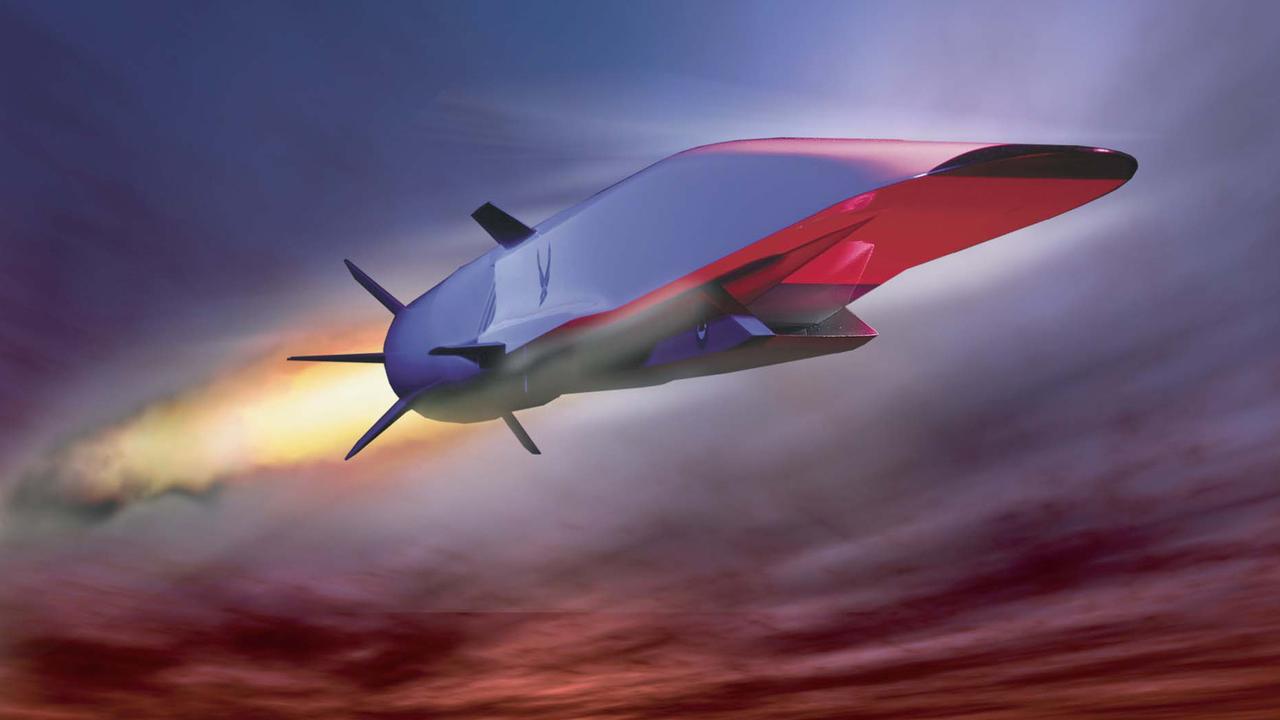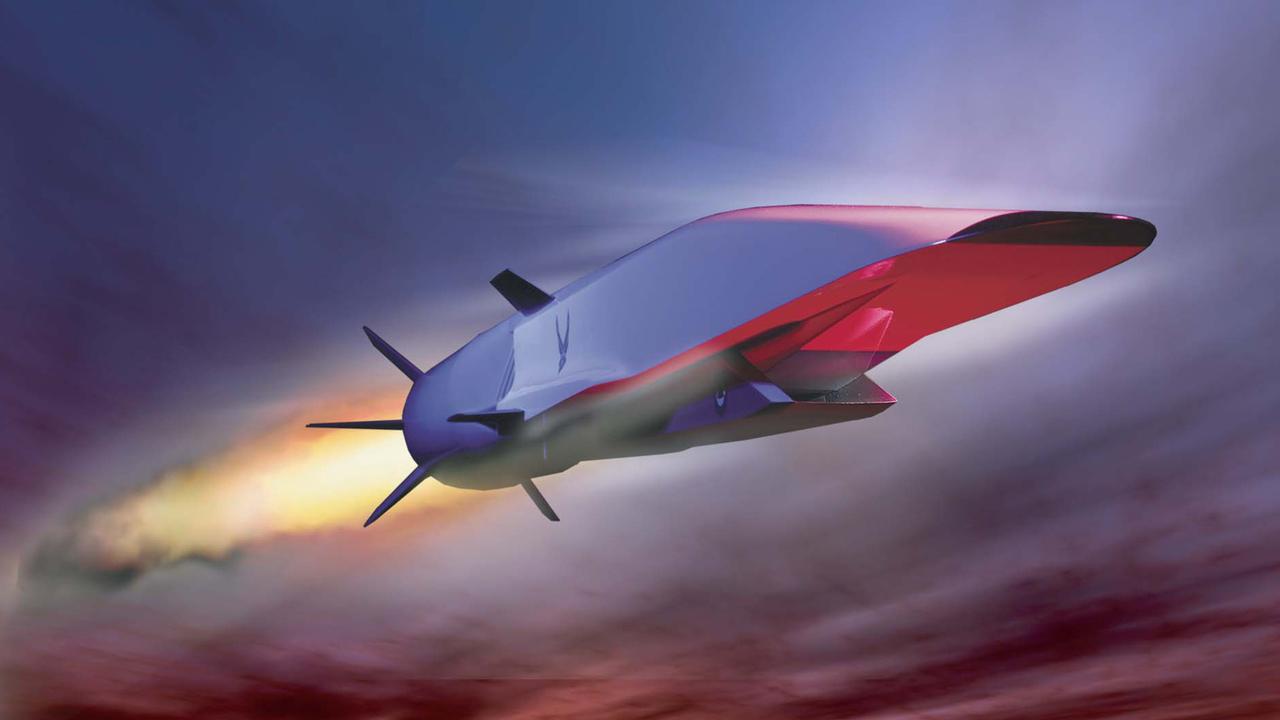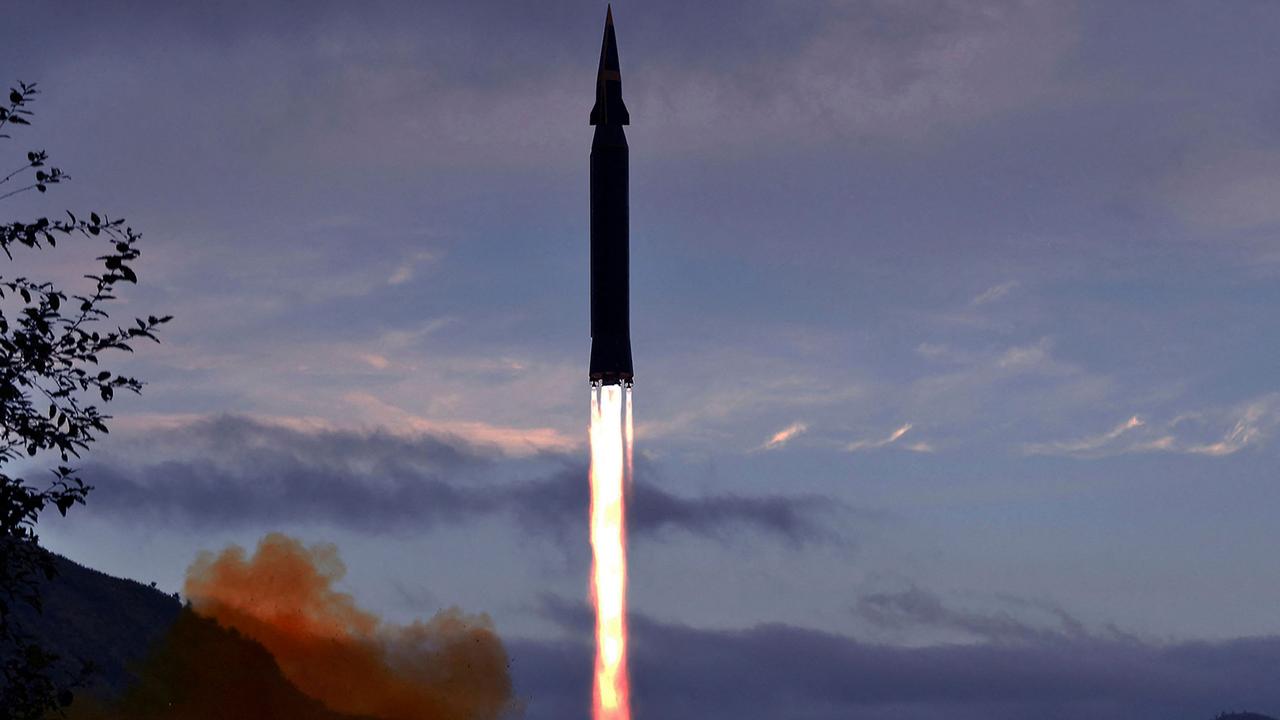China says recent test was spacecraft not missile
China’s reportedly launched a hypersonic missile that circled the Earth at low orbit, but the superpower says it’s not what it looks like.

China has denied a report it had recently launched a hypersonic missile, saying it tested a spacecraft to trial reusable technologies.
The Financial Times reported on Sunday that Beijing had launched a nuclear-capable missile in August that circled the Earth at low orbit before narrowly missing its target.
FT sources said the hypersonic missile was carried by a Long March rocket and that the test had been kept under wraps.
But China said overnight the report was inaccurate and the exercise was a test of reusable technology that could reduce the cost of launching spacecraft.
“According to my understanding, this test is a routine spacecraft test, used to test a reusable spacecraft technology,” foreign ministry spokesman Zhao Lijian told reporters.
“This could provide a convenient and cheap way for humans to use space for peaceful purposes.”
When asked directly if the FT report was inaccurate about the missile, Mr Zhao replied “yes”.
Along with China, the United States, Russia and at least five other countries are working on hypersonic technology.

Hypersonic missiles can fly at more than five times the speed of sound and like ballistic missiles can deliver a nuclear warhead.
But ballistic missiles fly high into space in an arc to reach their target while a hypersonic flies on a trajectory low in the atmosphere, potentially reaching a target more quickly.
Crucially, a hypersonic missile is manoeuverable – making it harder to track and defend against.
Countries including the United States have developed systems to defend against cruise and ballistic missiles, but their ability to track and take down a hypersonic missile remains in question.
China has been aggressively developing the technology, according to a recent report by the US Congressional Research Service.
The FT report said Beijing’s progress in the field had “caught US intelligence by surprise”.
US ‘very concerned’
The United States is “very concerned” about China’s hypersonic missile tests, US disarmament ambassador Robert Wood said on Monday, after reports that Beijing launched one with a nuclear capacity in August.
“We are very concerned by what China has been doing on the hypersonic front,” said Mr Wood, who next week steps down from his post in Geneva after seven years.
Hypersonic missiles, like traditional ballistic missiles, can fly more than five times the speed of sound (Mach 5). But they are more manoeuvrable than their ballistic counterparts and only need a low trajectory in the atmosphere, making them harder to defend against.

Mr Wood said on Monday that Russia also had hypersonic technology and while Washington had held back from developing a military capacity in this field, they now had no choice but to respond in kind.
“If you’re a country that’s the target of that, you’re going to want to figure out a way to defend yourself from that,” he said.
“And so we start looking at what other applications and defensive applications, can you bring to hypersonic technology – and so that continues to things to accelerate the arms race.”
The US was also concerned about China’s rapid development of its strategic nuclear force, Mr Wood added.
US developing hypersonics
The United States is already working on adding hypersonic missiles to its arsenal.
Darpa, the US army’s scientific wing, recently announced successful tests of what it called a HAWC missile (Hypersonic Air-breathing Weapon Concept). The missile uses oxygen in the atmosphere as part of its fuel.
It is also developing a hypersonic glider, known as ARRW (pronounced “arrow”), but its first major test in April ended in failure.
More Coverage
China unveiled a hypersonic medium-range missile, the DF-17, in 2019, which can travel around 2000km and can carry nuclear warheads.

The missile mentioned in the FT story is a different one, with a longer range. It can be launched into orbit before coming back into the atmosphere to hit its target.
Russia recently launched a hypersonic missile, the Zircon, from a submarine, and since late 2019 has had the hypersonic nuclear-capable Avangard missiles in service. The Avangard can travel at up to Mach 27, changing course and altitude.





